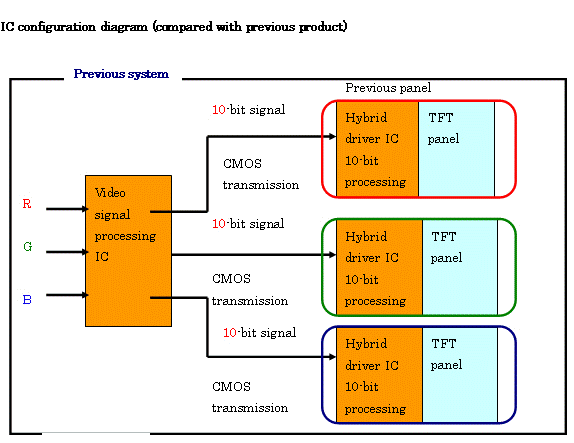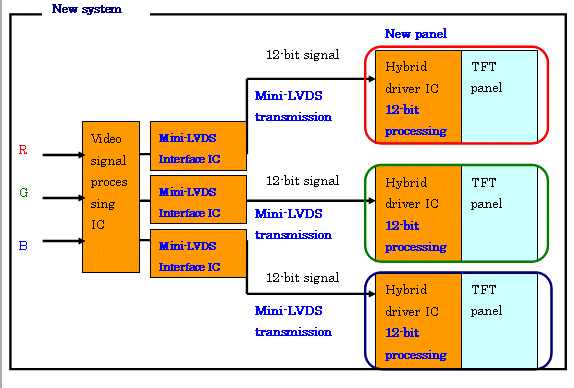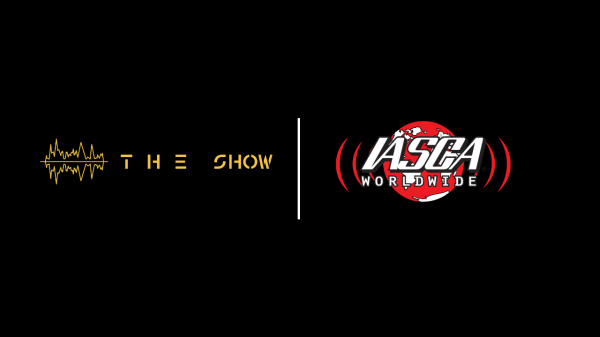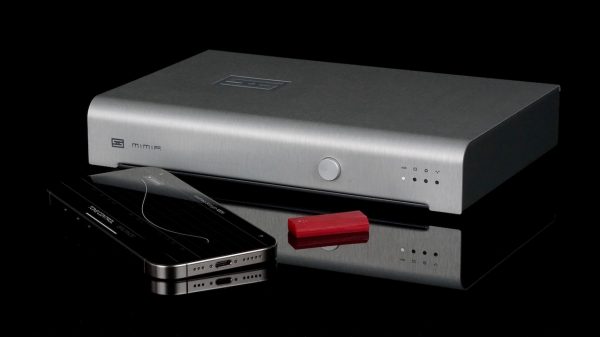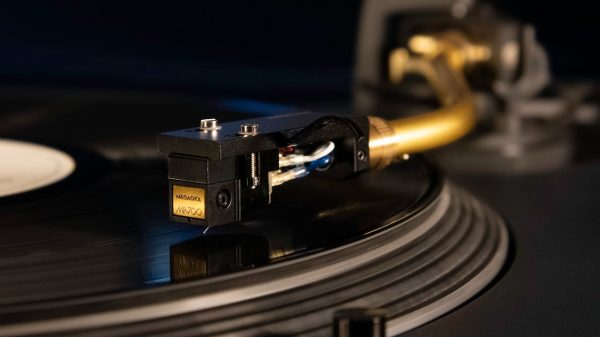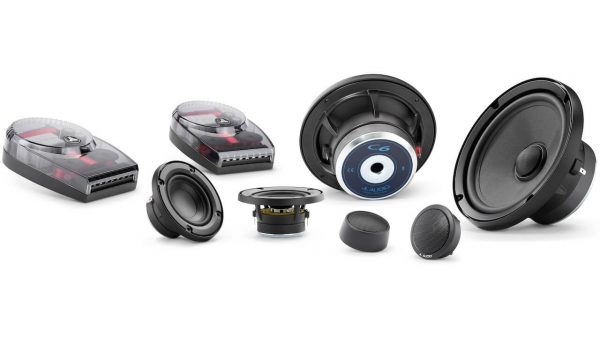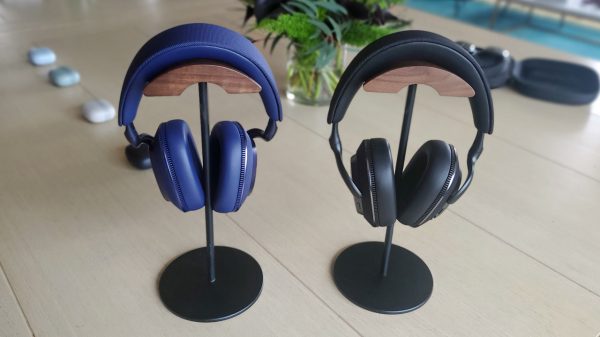Epson Starts Volume Production of New 0.7-inch Full High Definition HTPS Panels Featuring C2 Fine Technology
— Aperture Ratio Improved By 20% Compared To Previous Model
Seiko Epson Corporation (“Epson”) has developed a new type of high-temperature polysilicon TFT liquid crystal (HTPS) panel that will further enhance the performance of 3LCD-type front projectors. The company has already begun volume production of these 0.7-inch (1.9 cm diagonal) HTPS panels which utilize Epson’s C2 Fine technology.
The resolution and image quality of visual image sources have been greatly improved due to the proliferation of high definition broadcasting. This has generated growing demand for products that offer users a simple and easy way to enjoy high quality digital contents on a large screen at home. In order to meet the demands of the consumer, Epson began producing full high definition C2 Fine panels for home projectors last year. The new model is an improved version of these panels.
The new panels, which conform to newly developed design rules, use a technology which boosts aperture ratios by 20% compared with the previous model. By enhancing aperture ratios, this technology improves luminance while using the same lamp as previous models. It also enables the use of a lower-watt lamp to achieve the same levels of luminance. Thus the technology makes it possible to manufacture brighter, more environmentally friendly projectors that offer outstanding value for money.
The new panels also use 12-bit LCD drivers which boost accuracy in reproducing subtle differences in color and gradation. The previous model’s 10-bit driver was capable of controlling 1.1 billion colors, but the new 12-bit driver is capable of controlling 64 times that amount at 68.7 billion colors. The new panels also quadruple gradation approximation from 1,024 gradation levels to 4,096 gradation levels. As a result, the new panels offer high quality images that are ideal for wide-screen, high-definition products.
In addition, various improvements have been made to make installation easier for product manufacturers, such as boosting noise immunity by utilizing mini-LVDS* interface and strengthening panel tape (FPC).
*The LCD panel’s differential signal interface is called mini-LVDS.
This new technology will enable users to more easily enjoy high-definition images on large-screen 3LCD projectors manufactured with C2 Fine panels.
Features of the new panels
The new panels combine high contrast, smooth images, and jet black color reproduction of C2 Fine panels with the advantages of the hybrid driving technology* used in previous panels. The new panels also feature the following points:
- A 20% improvement in aperture ratio compared to the previous model of the same size.
- Improved color reproduction by using a 12-bit LCD driver.
- Improved noise immunity by using a Mini-LVDS interface.
*Hybrid driving technology: Technology for driving LCD panels using both internal and external drivers.
Benefits for manufacturers of projection products
- Offers enhanced luminance with the same lamp.
- Enables use of a lower-watt lamp to achieve the same luminance (reduced power consumption).
New panel specifications
| Existing L3C07U-75G00 | Newly-developed L3C07U-85G10 | |
| LCD type | C2FINE (VA inorganic alignment layer) | C2FINE (VA inorganic alignment layer) |
| Effective pixels | 1920 x 1080 (1080p) | 1920 x 1080 (1080p) |
| Panel size (diagonal) | 0.7 inch (1.9 cm) | 0.7 inch (1.9 cm) |
| Pixel pitch | 8.5 µm | 8.5 µm |
| Aperture ratio | 43% | 52% |
| LCD driver | 10 bit | 12 bit |
| Video signal transmission | CMOS | Mini-LVDS |
| LCD driver type | Hybrid | Hybrid |
| Process Technology | Existing Type | D7 |
Improvements in image representation achieved using 12-bit driver
| 10-bit driver | 12-bit driver | |
| Color | 1.1 billion colors | 68.7 billion colors |
| Gradation | 1,024 gradations | 4,096 gradations |
